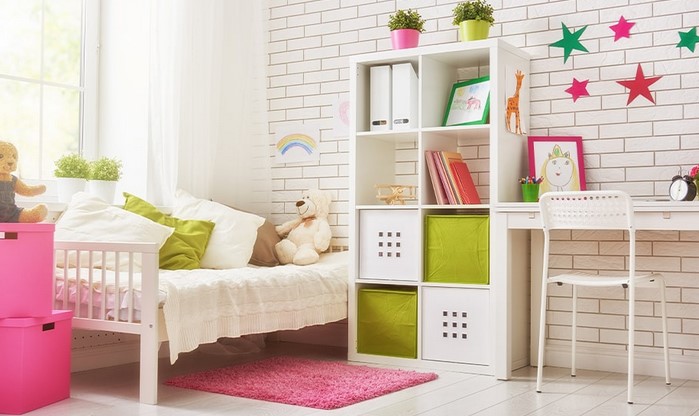
japanese fences are a unique and beautiful part of Japanese culture. They are often seen as a symbol of elegance and grace, and have been used for centuries to create a sense of privacy and security. From traditional wooden fences to modern metal designs, japanese fences are a great way to add a touch of beauty and sophistication to any outdoor space. In this article, we will explore the history and design of japanese fences, as well as the various materials and styles used to create them. We will also discuss the importance of japanese fences in Japanese culture and how they can be used to enhance the beauty of any outdoor space.
A Look at the History and Design of Japanese Fences: How Traditional Japanese Fences Have Evolved Over Time
The traditional Japanese fence, or niwaki, has been an integral part of Japanese culture for centuries. These fences have evolved over time, from simple wooden barriers to elaborate works of art. In this article, we will explore the history and design of japanese fences, and how they have changed over the years.
The earliest japanese fences were simple wooden barriers, used to keep animals in or out of an area. These fences were often made from bamboo or other natural materials, and were designed to be both functional and aesthetically pleasing. As time went on, these fences became more elaborate, with intricate designs and patterns.
In the Edo period (1603-1868), japanese fences began to take on a more artistic form. These fences were often made from wood, and featured intricate carvings and designs. They were often used to create a sense of privacy and seclusion, as well as to add beauty to a garden or courtyard.
In the Meiji period (1868-1912), japanese fences began to take on a more modern look. These fences were often made from metal, and featured geometric patterns and designs. They were used to create a sense of order and structure, as well as to add a touch of elegance to a garden or courtyard.
Today, japanese fences are still used to create a sense of privacy and seclusion, as well as to add beauty to a garden or courtyard. However, they have also become a popular choice for modern homes and businesses. Many modern japanese fences feature sleek, contemporary designs, and are made from a variety of materials, including wood, metal, and stone.
No matter what type of Japanese fence you choose, it is sure to add a unique touch of beauty and style to your home or business. From simple wooden barriers to elaborate works of art, japanese fences have evolved over time to become an integral part of Japanese culture.
Exploring the Aesthetics of Japanese Fences: How Japanese Fences Enhance the Beauty of a Home or Garden
The Japanese have long been renowned for their appreciation of beauty and aesthetics, and this is reflected in the traditional japanese fences that are often seen in homes and gardens. These fences, known as “noren”, are made from a variety of materials, including wood, bamboo, and stone, and are designed to provide both privacy and protection from the elements. In addition to their practical uses, these fences also serve to enhance the beauty of a home or garden.
The most common type of Japanese fence is the “tsurigaki”, which is made from interlocking wooden slats. This type of fence is often used to create a sense of enclosure and privacy, while still allowing light and air to pass through. The slats are usually arranged in a pattern that is pleasing to the eye, and the overall effect is one of harmony and balance.
Another type of Japanese fence is the “kabuki”, which is made from bamboo. This type of fence is often used to create a more open and airy atmosphere, while still providing a sense of security. The bamboo slats are usually arranged in a pattern that is pleasing to the eye, and the overall effect is one of lightness and grace.
Finally, the “ishigaki” is a type of Japanese fence made from stone. This type of fence is often used to create a sense of permanence and stability, while still allowing light and air to pass through. The stones are usually arranged in a pattern that is pleasing to the eye, and the overall effect is one of strength and stability.
No matter which type of Japanese fence is used, they all serve to enhance the beauty of a home or garden. The materials used are carefully chosen to create a sense of harmony and balance, while still providing the necessary protection and privacy. The overall effect is one of beauty and elegance, and these fences are sure to add a touch of sophistication to any home or garden.
Conclusion
japanese fences are a beautiful and unique way to add a touch of elegance to any outdoor space. They are a perfect way to bring a sense of harmony and balance to a garden or outdoor area. The intricate designs and materials used to create these fences are a testament to the skill and craftsmanship of the Japanese people. japanese fences are a great way to add a touch of beauty and elegance to any outdoor space.
